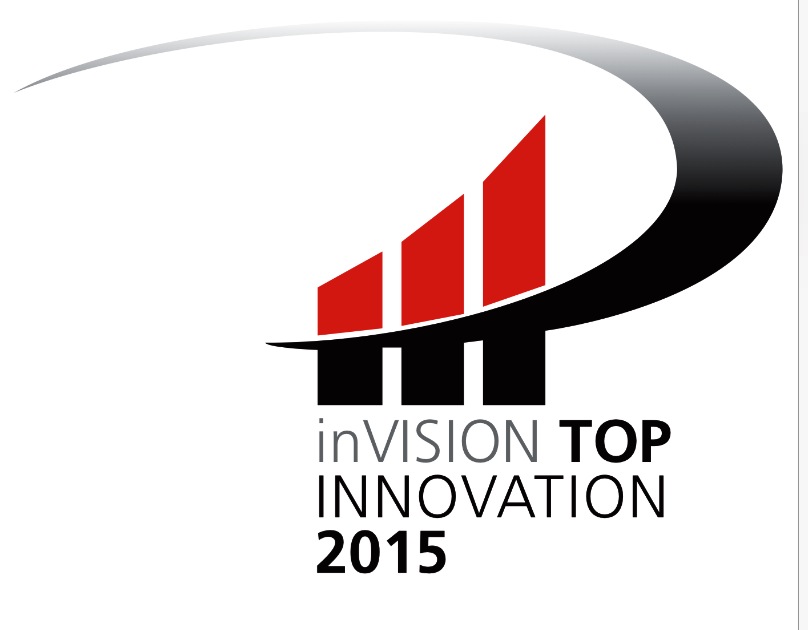18.12.2009
With total funding of EUR14.7 million, the So-Light project brings together eleven German companies and research institutes to work closely together on OLED lighting and displays.
The goal of the newly-announced So-Light Project is to help German companies and institutions reach a leading position in the fast-growing worldwide OLED market. The 14.7 Million Euro project is also financially supported by the BMBF (Federal Ministry of Education and Research).
For the coming three years So-light will develop further display and special lighting applications covering all parts of the value chain. Until June 2012 project partners will work on new materials (transport materials, redox dopants, triplet-emitters, matrix materials), new optical technologies for guided light distribution, characterizing lighting application aspects of OLEDs and develop further process technologies for Small Molecule OLEDs.
An important part of the project work is to generate studies on applications and demonstrators as well as to work on integrating technologies for special application areas (automotive, architecture and backlighting for large displays).
Thanks to characteristics such as being ultra flat, transparent, flexible and colour tunable, OLEDs offer completely new opportunities in the field of displays and special luminaires. “Europe is not only a pioneer when it comes to energy efficiency and in preserving the environment, but also in product design,” says Dr. Blochwitz-Nimoth, Project Leader of So-light and CSO of Novaled AG.
“The ban on incandescent light bulbs and the need for energy efficient and innovative light sources puts new technologies in the spotlight. Therefore OLEDs and their near term introduction to the lighting market will be of major importance. The participation of leading German companies in So-light will ensure a fast transistion to new OLED lighting products.”
The So-Light project partners are:
- Novaled AG (Dresden)
- Sensient Imaging Technologies GmbH (Bitterfeld-Wolfen)
- Fraunhofer IPMS (Dresden)
- LEDON OLED Lighting GmbH & Co. KG (Dresden)
- Aixtron AG (Aachen)
- Fresnel Optics GmbH (Apolda)
- Hella KGaA Hueck & Co (Lippstadt)
- Siteco Beleuchtungstechnik GmbH (Traunreut)
- AEG-MIS mbH (Ulm)
- Universität Paderborn/L-LAB (Paderborn)
- Westfälische Wilhelms Universität Münster (Münster)
About OLEDs
OLEDs (organic light-emitting diode) are semiconductors made of thin organic material layers of only a few nanometers thickness. They emit light in a diffuse way to form an area light source. In a fast growing display market OLEDs are key part of a revolution: the dream of paper-thin, highly efficient displays with brilliant colors and great flexibility in design is becoming reality.
OLEDs represent the future of a vast array of completely new lighting applications. By combining color with shape, organic LEDs will create a new way of decorating and personalizing people’s surroundings with light. At the same time OLEDs offer the potential to become even more efficient than energy-saving bulbs. OLEDs are currently used in smaller displays like MP3, PDAs, cameras and mobile displays, larger displays are announced by Asian TV makers.
In lighting there is a huge potential for visionary applications. The warm and natural white light of OLEDs is perceived as close to daylight due to the high color rendering index (CRI=90). OLEDs have the potential to be even more efficient than energy saving bulbs.
Quelle: oled-info.com
| 18 Dec 2009 | |
| With total funding of EUR14.7 million, the So-Light project brings together eleven German companies and research institutes to work closely together on OLED lighting and displays. | |
| The goal of the newly-announced So-Light Project is to help German companies and institutions reach a leading position in the fast-growing worldwide OLED market. The 14.7 Million Euro project is also financially supported by the BMBF (Federal Ministry of Education and Research).
For the coming three years So-light will develop further display and special lighting applications covering all parts of the value chain. Until June 2012 project partners will work on new materials (transport materials, redox dopants, triplet-emitters, matrix materials), new optical technologies for guided light distribution, characterizing lighting application aspects of OLEDs and develop further process technologies for Small Molecule OLEDs. An important part of the project work is to generate studies on applications and demonstrators as well as to work on integrating technologies for special application areas (automotive, architecture and backlighting for large displays). Thanks to characteristics such as being ultra flat, transparent, flexible and colour tunable, OLEDs offer completely new opportunities in the field of displays and special luminaires. “Europe is not only a pioneer when it comes to energy efficiency and in preserving the environment, but also in product design,” says Dr. Blochwitz-Nimoth, Project Leader of So-light and CSO of Novaled AG. “The ban on incandescent light bulbs and the need for energy efficient and innovative light sources puts new technologies in the spotlight. Therefore OLEDs and their near term introduction to the lighting market will be of major importance. The participation of leading German companies in So-light will ensure a fast transistion to new OLED lighting products.” The So-Light project partners are:
About OLEDs OLEDs represent the future of a vast array of completely new lighting applications. By combining color with shape, organic LEDs will create a new way of decorating and personalizing people’s surroundings with light. At the same time OLEDs offer the potential to become even more efficient than energy-saving bulbs. OLEDs are currently used in smaller displays like MP3, PDAs, cameras and mobile displays, larger displays are announced by Asian TV makers. In lighting there is a huge potential for visionary applications. The warm and natural white light of OLEDs is perceived as close to daylight due to the high color rendering index (CRI=90). OLEDs have the potential to be even more efficient than energy saving bulbs. |






